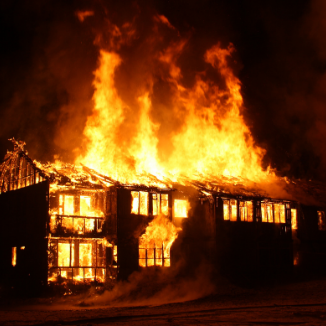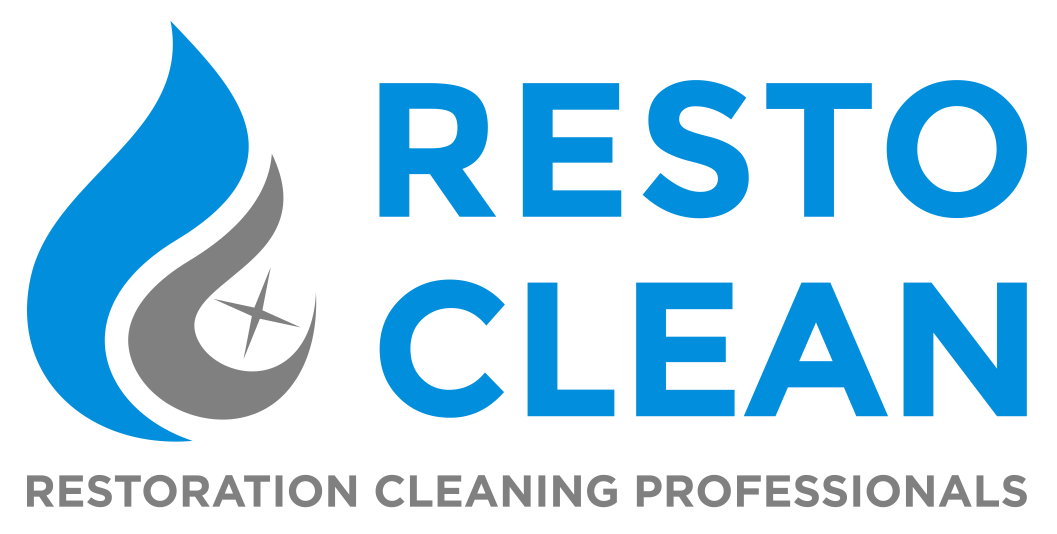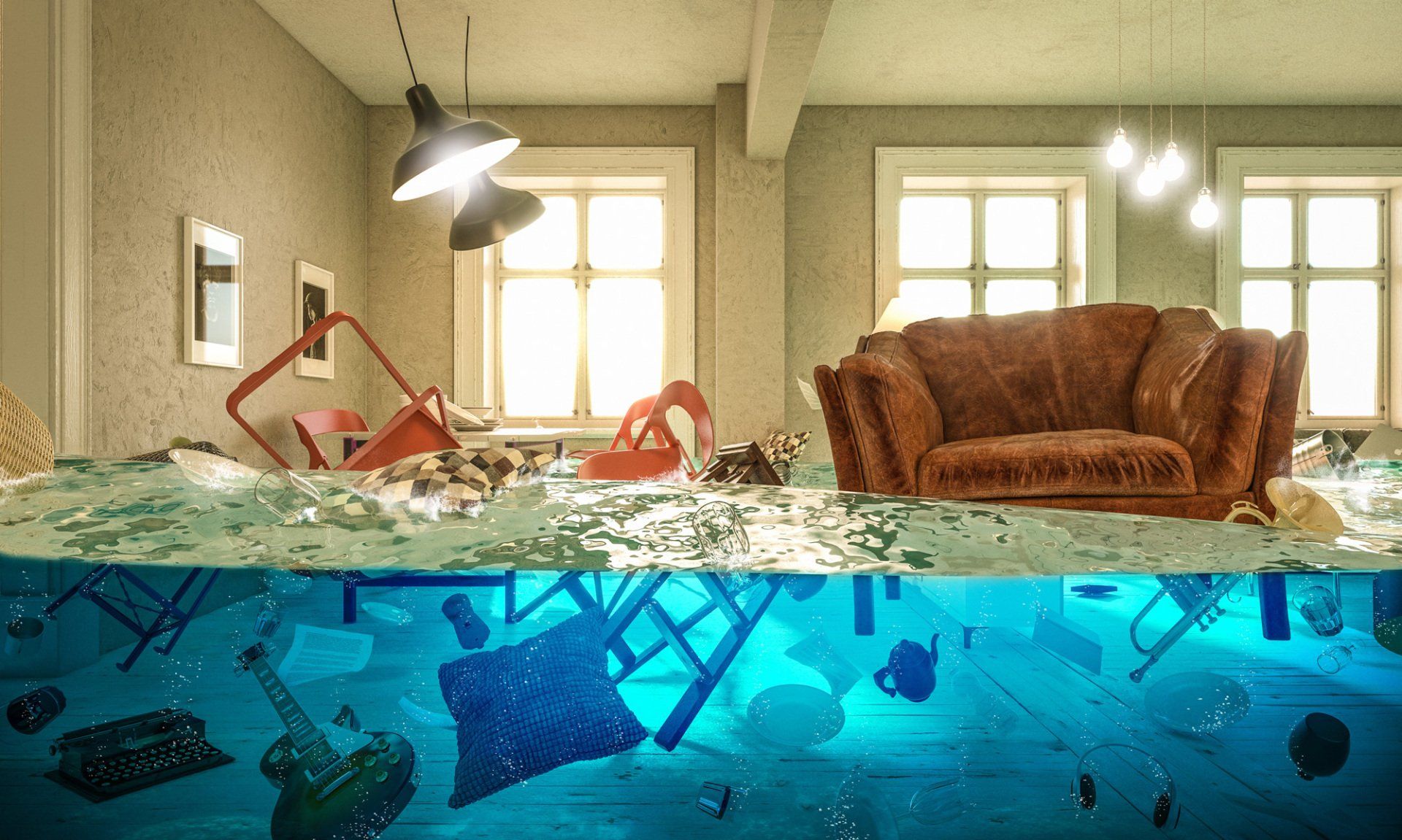Blog
Blog

By Daisy Wick
•
11 Jan, 2024
A fire is a devastating event that can leave behind not only physical damage but also emotional scars. When the flames are finally extinguished, the road to recovery begins. It's essential to understand the importance of professional fire damage restoration and learn about effective ways to prevent such disasters in the first place. Why Professional Fire Damage Restoration Matters When a fire engulfs your home, the aftermath can be overwhelming. The consequences go beyond charred walls and burnt belongings; there are hidden dangers that only professionals can manage effectively: Safety: Fire-damaged structures can be unstable, posing a significant risk to anyone attempting to enter. Professional restoration teams are equipped to assess the structural integrity and ensure it's safe to enter the premises. Smoke and Soot: Smoke and soot damage extends far beyond the visible areas. They can penetrate walls, HVAC systems, and even ductwork. Professionals have the tools and expertise to thoroughly clean and deodorize affected areas. Water Damage: Often, firefighting efforts involve significant water usage. This can lead to water damage, mold growth, and further structural issues. Restoration experts can mitigate water damage and prevent mold infestations. Content Restoration: Fire-damaged personal belongings often carry immense sentimental value. Professional restoration services can salvage, clean, and restore items that might otherwise be lost forever. Insurance Claims: Dealing with insurance after a fire can be complex. Restoration professionals can document the damage, provide accurate estimates, and communicate with insurance adjusters to streamline the claims process. Thorough Cleanup: Fire damage is not limited to what's visible. Professionals ensure that hidden hazards and toxins, like asbestos or lead, are properly managed during the restoration process. Preventing Fire Damage: Safety First While professional fire damage restoration is vital after a fire, preventing a fire in the first place is even more crucial. Here are some key steps to minimize the risk of fire: Install Smoke Alarms: Ensure you have working smoke alarms on every level of your home and inside each bedroom. Regularly check and replace batteries. Fire Extinguishers: Place fire extinguishers in key areas like the kitchen, garage, and near heating appliances. Know how to use them. Electrical Safety: Regularly inspect electrical wiring and appliances for signs of wear or damage. Avoid overloading circuits and extension cords. Safe Cooking Practices: Stay vigilant in the kitchen while cooking. Keep flammable materials away from the stove and turn off appliances when not in use. Heating Safety: Maintain heating systems, fireplaces, and chimneys. Keep space heaters at a safe distance from flammable materials. Candle Caution: Use candles with care, keeping them away from curtains and other flammable objects. Smoking Safety: If you smoke, do so outdoors. Use deep, sturdy ashtrays, and ensure cigarettes are fully extinguished. Escape Plan: Develop and practice a fire escape plan with your family. Ensure all members know multiple ways to exit the home. Fire damage can be catastrophic, but with prevention and professional restoration, you can move forward and rebuild your life after a fire. Safety awareness and preparation are your best allies in reducing the risk of such a devastating event.

By Daisy Wick
•
21 Aug, 2023
Water damage is more than just a surface issue; it can have far-reaching consequences that extend beyond immediate visible damage. One of the most significant dangers that water damage poses is the promotion of mold growth. In this comprehensive guide, we'll explore the intricate relationship between water damage and mold growth, shedding light on why swift action is essential to preventing this hidden and potentially harmful threat. The Perfect Storm for Mold Growth: Mold, a type of fungus, thrives in damp and humid environments. Water damage provides the ideal conditions for mold to flourish: 1. Excess Moisture: Water damage introduces excess moisture into your home's environment, creating the perfect breeding ground for mold. 2. Organic Materials: Mold feeds on organic materials like wood, paper, and fabrics, which are commonly found in homes. 3. Stagnant Air: Poor ventilation and trapped humidity further contribute to the growth of mold colonies. The Link Between Water Damage and Mold: Water damage sets the stage for mold growth in a sequence of steps: 1. Absorption: Water is absorbed by porous materials like drywall, wood, and carpet. 2. Activation: Mold spores, which are present naturally in the air, settle on damp surfaces and activate in the presence of moisture. 3. Colonization: Mold spores quickly multiply and form colonies, which release more spores into the air, perpetuating the cycle. 4. Spread: As mold colonies grow, they release spores that can travel through the air and settle in other areas of your home. The Risks of Mold Growth: Mold growth triggered by water damage isn't merely an aesthetic concern; it poses various risks: 1. Health Issues: Mold spores can trigger allergies, respiratory issues, and even exacerbate pre-existing health conditions. 2. Structural Damage: Mold can weaken and deteriorate building materials, compromising your home's structural integrity. 3. Indoor Air Quality: Mold releases volatile organic compounds (VOCs), which can contribute to poor indoor air quality. 4. Property Value: Mold damage can significantly reduce your property's value and make it less attractive to potential buyers. Preventing Mold Growth After Water Damage: The key to preventing mold growth lies in swift action after water damage occurs: 1. Rapid Drying: Swiftly remove excess water and ensure affected areas are thoroughly dried to eliminate the conditions mold thrives in. 2. Professional Restoration: Enlist the expertise of water damage restoration professionals who can effectively dry and decontaminate your property. 3. Mold Inspection: Conduct thorough mold inspections to identify hidden growth and take corrective measures. 4. Proper Ventilation: Ensure proper ventilation to control humidity levels and discourage mold growth. Conclusion: Taming the Mold Threat Understanding the connection between water damage and mold growth is pivotal to protecting your home and health. By addressing water damage promptly, maintaining proper ventilation, and seeking professional help when needed, you can break the cycle of mold colonization and preserve the integrity of your living environment. Remember, tackling water damage today is your proactive step toward preventing the hidden threat of mold growth tomorrow.

